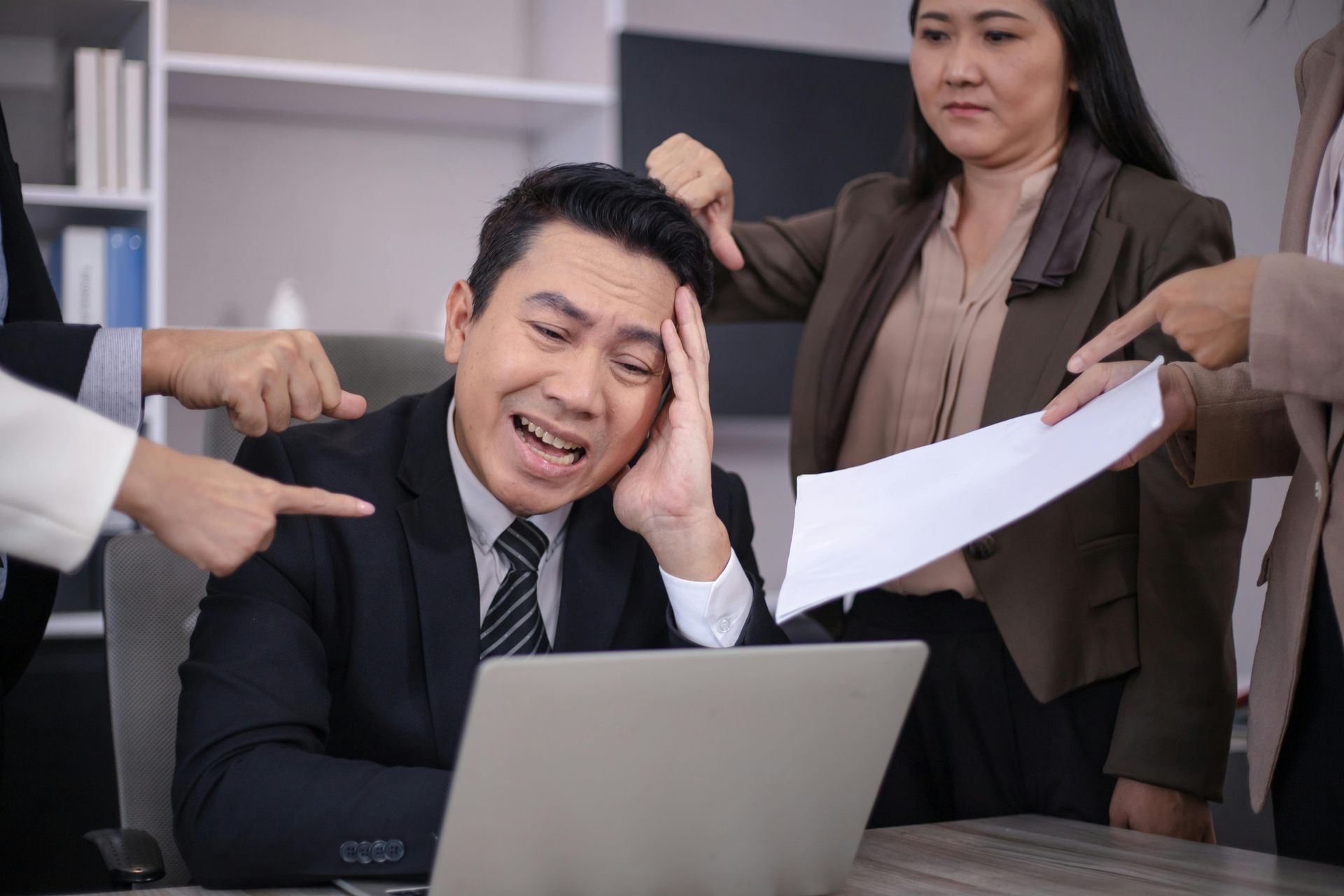MANAGING THE INTELLECTUAL PROPERTY AUDIT, Texas Attorneys
Your patents, trademarks, copyrights, and trade secrets are important intellectual property, our Dallas intellectual property lawyers can help management those IP assets.
MANAGING THE IP AUDIT
Commencing An Intellectual Property Audit
All corporations benefit from having an IP audit performed in a way that is not disruptive and identifies problem areas and improvement opportunities relatively painlessly and in a cost effective way. It may be an excellent way to spend a limited amount to ensure that the very assets upon which the corporation relies, for assistance in market definition or preservation, or even for corporate existence, are not subtly and silently hemorrhaging or merely slipping through the corporate fingers.
The fashioning of the audit will, of course, be affected by the motivation for it and, in situations in which a full blown audit is truly needed on a tight time schedule and the need justifies the cost, all the elements discussed here can be employed against the required schedule. However, where there is no such pressing need, the audit can be compartmentalized and performed over a substantial period of time allowing more of the work to be done by internal staff, commensurately avoiding the expense of external counsel.
The detailed breakdown of what can be done by internal staff and what should be done by external staff is tightly related to the particular client's situation and the size and talents of the internal staff. In some acquisition of other casinos, etc., virtually everything will be done by external counsel, while in larger corporate reviews for assessment and improvement purposes, a large portion of the work may be done by internal IP counsel. Each such situation must be handled ad hoc.
Whether narrow or broad in scope, and whether against a tight time schedule or a relaxed one, it is important that inside and outside counsel create strategies early in order to garner the full support of management for the audit. In addition, structuring the audit with a view to obtaining early management input may actually better fit the audit to the needs of management. Indeed, there may be management interest in using the process of the audit and its results for a presentation about the corporation's IP assets and program to the corporation's Board of Directors. Boards are focusing increasingly on having processes and procedures in place to ensure that IP assets are being properly managed.
8 Phases Of The Intellectual Property Portfolio Audit
The IP audit will be discussed below in terms of the phases that may be used to effect it efficiently. The phases may be run in immediate sequence, or they may be separated by days, weeks, or in some instances months, to ease the burden on internal staff and the budget. Where practicable and applicable, the assets audited in any given phase should be effectively inventoried if that has not been done already. Unknown or inaccessible assets may be practically unusable and significant market advantages may be lost. Our Dallas IP Portfolio attorneys work with each client to understand their business plan, and assist in developing strategies which protect intellectual property. An IP portfolio audit can generally be summarized in a series of 8 phases:
- Phase I: Structural Familiarization
- Phase 4: Trademarks
- Phase 6: Copyright
- Phase 7: Dispute resolution
Intellectual Property Portfolio Attorneys
Our Dallas intellectual property portfolio attorneys specialize in the area of law protecting the property rights of inventors and we can assist you in analyzing your patent portfolio. We work with you to developed and maximize your IP portfolio and, once developed, assist you in monitoring your portfolio such that your goals remain met now and into the future.
A Texas Lawyers Article written by our Dallas intellectual property attorneys concerning IP audits for corporate management and in house legal counsel can found at the following link:
What In-House Corporate Management Needs To Know About IP Audits.
Need any help?
Additional IP Portfolio Services Focus
What Are Intellectual Property Audits Useful?
A crucial, and often overlooked, aspect of intellectual property is the managing and maintaining of one's intellectual property portfolio. For both inventors and businesses, it is of utmost importance when considering licenses and assignments to make timely and forward-looking decisions. Too often individuals and companies may overlook the importance of an organized intellectual property portfolio with a structured plan of development and so make uninformed decisions and lose valuable assets. For career inventors, it is important to have a clear plan as to what kind of inventions one plans to work toward for the foreseeable future. Without such forethought, one might assign an older patent away a few months before coming up with a perfectly complimentary invention. Businesses, because of the large number of licenses and assignments they may have at any given time, are even more susceptible to oversights and poor planning if no organization is put into their portfolio.
Adding a further level of complexity, a intellectual property portfolio can never be properly considered on its own but must be considered in light of and together with a variety of factors, including economic climate, business plans, corporate principles, patent protfolios, trademark portfolios, trade secrets, and copyrights as well as a consideration of any similar or related patents to those in your portfolio. With so many broad and various factors to be considered, you need professionals with a wide breadth of experience and knowledge to assist in properly managing your intellectual property portfolio. Our Dallas attorneys have a diversity of backgrounds in the sciences and arts, are experienced entrepreneurs, and have a wealth of experience in all aspects of intellectual property. They can provide you with the knowledge and perspective necessary to develop a comprehensive view and plan for your intellectual properties.
CLIENT MATTERS
5,000+
YEARS OF SERVICE
25+
Award Winning
Recognized in the legal industry as dedicated board-certified lawyers and Rising Stars.
Expert Team
Your project will be handled by legal experts every time. You will have the most experienced attorneys working for you.
Quality Representation











